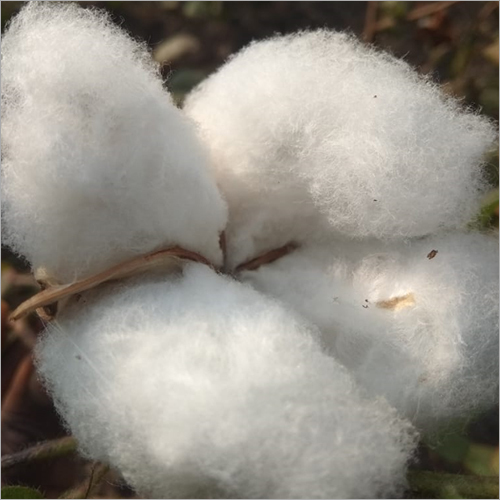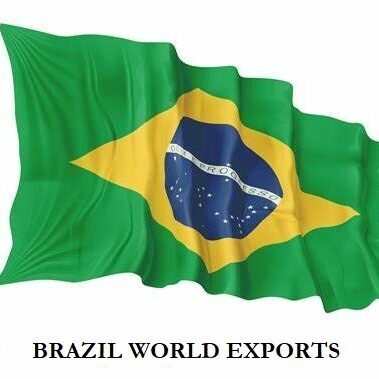RAW COTTON
Cotton is a soft, fluffy staple fiber that grows in a boll, or protective case, around the seeds of the cotton plants of the genus Gossypium in the mallow family Malvaceae. The fiber is almost pure cellulose, and can contain minor percentages of waxes, fats, pectins, and water. Under natural conditions, the cotton bolls will increase the dispersal of the seeds.
The plant is a shrub native to tropical and subtropical regions around the world, including the Americas, Africa, Egypt and India. The greatest diversity of wild cotton species found in Mexico, followed by Australia and Africa. More so, Cotton independently domesticated in the Old and New Worlds. More so, raw organic cotton for sale in bolls.
Premium Quality Cotton Suppliers
The fiber most often spun into yarn or thread and used to make a soft, breathable, and durable textile. The use of cotton for fabric known to date to prehistoric times; fragments of cotton fabric dated to the fifth millennium BC have been found in the Indus Valley civilization, as well as fabric remnants dated back to 4200 BC in Peru. Although cultivated since antiquity, it was the invention of the cotton gin that lowered the cost of production that led to its widespread use, and it is the most widely used natural fiber cloth in clothing today
RAW COTTON ONLINE
Specifications:
Product Type: Raw Cotton
Material: Sankar – 6
Pattern: Dyed
Feature: Eco-Friendly
Use: Spinning
Mic: 3.8 to 4.5 NCL
Fiber Length: 29+mm
Strength: 28+ GPT
RAW COTTON: white
The following is a list of countries by raw cotton exports. Data is for 2020, in millions of United States dollars, as reported by The International Trade Centre. Currently the top fifteen countries we source from;
- Brazil
- India
- Benin
- Greece
- United States
- Australia
- Burkina Faso
- Egypt
- Turkey
ORGANIC PRODUCTION OF OUR COTTON
Organic cotton generally understood as cotton from plants not genetically modified and that certified as grown without the use of any synthetic agricultural chemicals, such as fertilizers or pesticides. However, its production also promotes and enhances biodiversity and biological cycles. More so, United States, organic cotton plantations are required to enforce the National Organic Program (NOP). This institution determines the allowed practices for pest control, growing, fertilizing, and handling of organic crops. As of 2007, 265,517 bales of organic cotton were produced in 24 countries, and worldwide production was growing at a rate of more than 50% per year. Organic cotton products are now available for purchase at limited locations. These are popular for baby clothes and diapers; natural cotton products are known to be both sustainable and hypoallergenic.

EXTRA LONG STAPLE COTTON
Extra long staple ( ELS ) cotton is an important textile raw material used in spinning high quality cotton yarns. Produced in about a dozen countries, it is a major element in the economies of the United Arab Republic, Sudan and Peru. These countries are members of the International Cotton Advisory Committee ( I.C.A.C. ) together with other cotton producing and consuming countries. The I.C.A.C. is concerned with the supply, demand, and price of ELS as well as that of shorter cottons. However, producing countries have been dismayed by the falling prices for ELS in recent years. The objectives of this paper are to analyze the forces which affect demand and prices for ELS and then to project such demand and prices into the future. The study considers the effect of competitive prices and relative quality of ELS and other fibers. Technical processing developments which affect ELS are assessed and international trade in ELS is also studied.

LONG STAPLE COTTON
In contrast to short staple cotton, long staple cotton creates a fabric with less exposed fibre ends and stronger threads, creating bedding that is soft, smooth, and durable. Everything that you’d want in your new favourite luxury bedding.
Historically, Egyptian cotton was the gold standard in the bedding world, thanks to Egypt’s climatic conditions which helped to produce extra-long-staple cotton naturally. Nowadays, with modern farming techniques, long staple cotton can be produced in many other cotton growing countries.

SHORT STAPLE COTTON
Using short staple cotton exposes fibre ends on the surface of the fabric, producing bedding (or other cotton products) that feels rough to the tough, is susceptible to bobbling, and which will degrade over time. The characteristics of short staple cotton make it perfectly suitable for use in some products, but not those that you plan to spend a third of your life in contact with.
